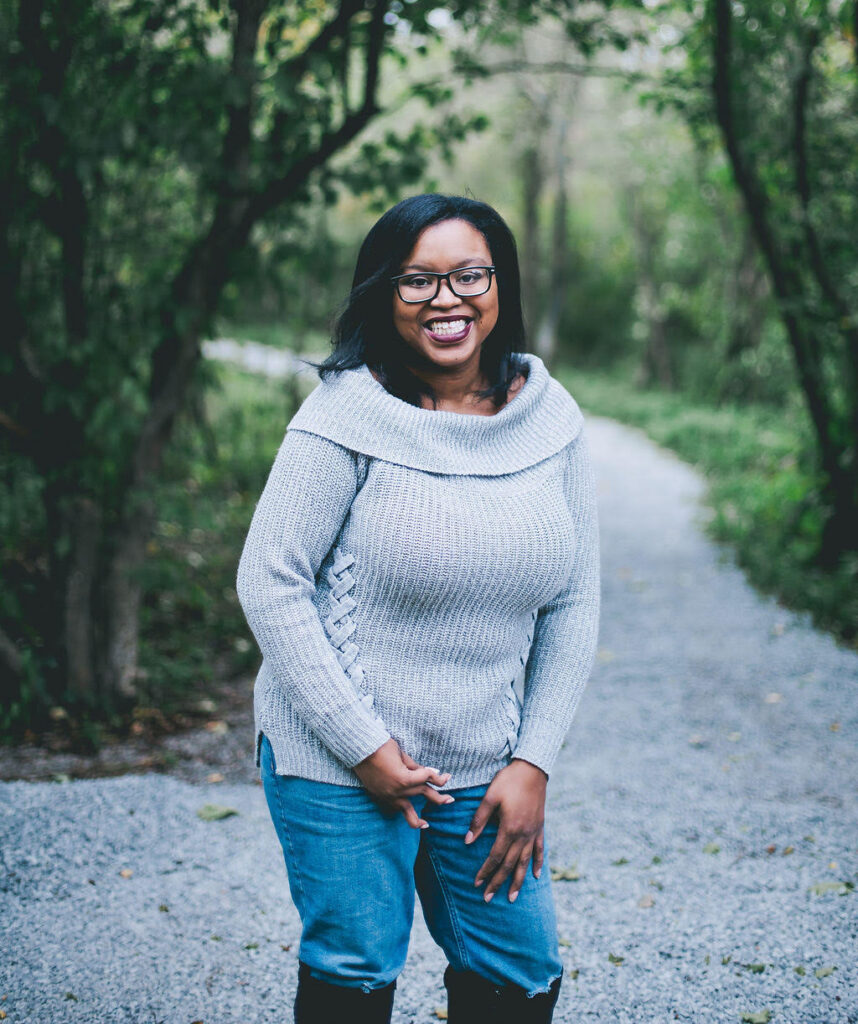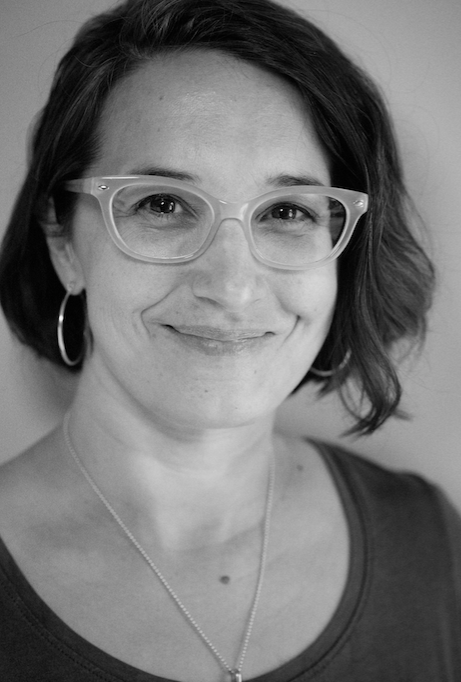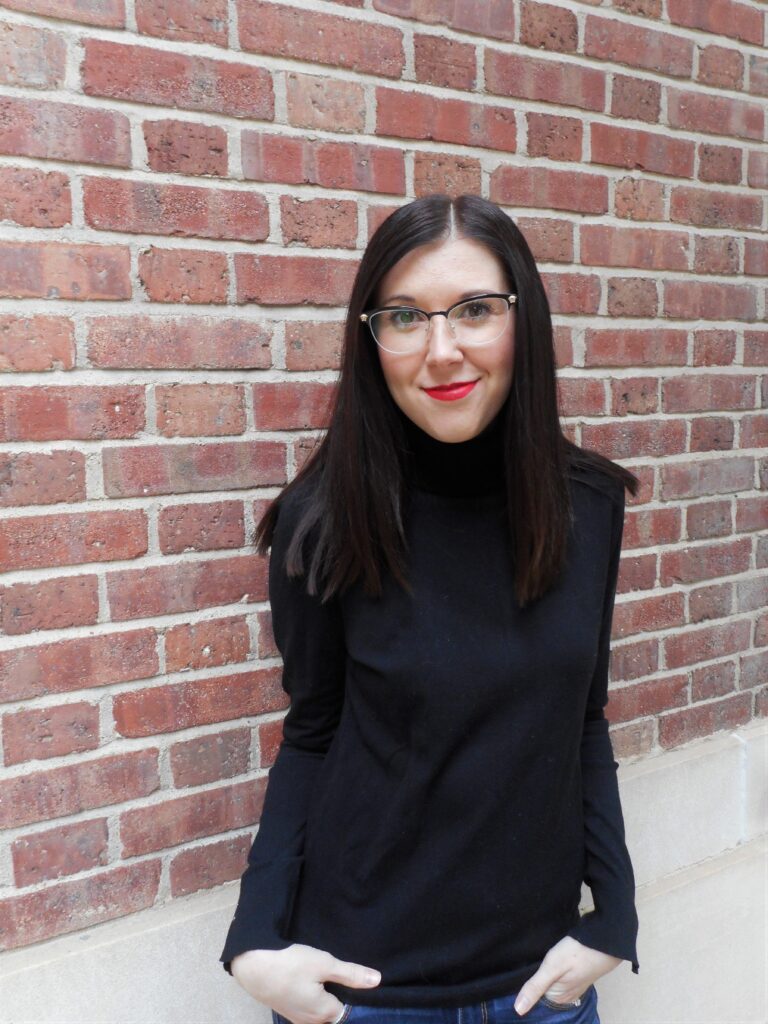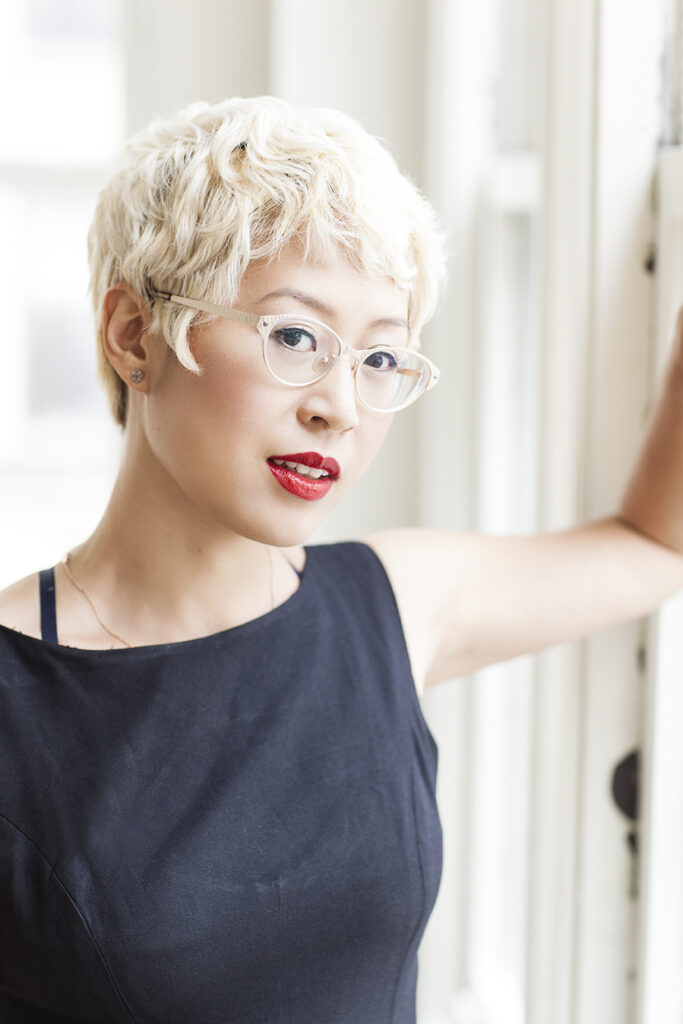Sarah Fawn Montgomery: Editing this Brevity special issue, Experiences of Disability, has been an interesting process that reminds us of the power of language and the privilege of publishing. Can you both talk about why you initially wanted to edit this special issue, as well as the ways the emergence of COVID-19 and our current social and political response shaped your mission?

Keah Brown: The process has been interesting, I agree. I wanted to edit this special issue because the idea of doing so petrified me. When I find myself scared to do something, I know that on the other side of that fear lies something worthy and beautiful. Diving into this experience with you and Sonya meant that on the other side I wouldn’t be alone, and that was important to me too. When COVID-19 hit, I was worried about how we’d get this done, and when protests began after we saw the murders of George Floyd, Ahmaud Arbery, and Breonna Taylor, I went through a period of extreme sadness and I dropped the ball a little. In being a Black disabled queer woman who finds herself in a world where she could be killed for multiple reasons, it’s hard to remain steadfast, but then I remembered that I didn’t want to let either of you down, or the writers submitting great work, and most importantly, I did not want to let myself down. Editing this issue came with the power of saying I’m a Black, disabled, and queer woman and my voice and expertise matter in these spaces too. The work of these writers and my fellow judges matters.

Sonya Huber: Representation is so important, so when Sarah Fawn approached me with this idea, I was very excited, especially since Brevity has done such amazing special issues in the past. I’m very grateful that Dinty W. Moore was willing! I think there’s such a need for writing about disabled people’s lives in a way that is complex and that pushes against clichés and stereotypes and the view of disabled people as either inspiring or pitiful, with nothing in between. Because Brevity is widely read and widely taught, I was especially motivated to have these essays available for teachers to use and for writers to share. With the upwelling of outrage over systemic racism led by Black Lives Matter, I think discussing disability is particularly important, because so many Black victims of police violence are disabled. Elijah McClain, who was killed last year, is just one senseless murder among many. And of course COVID—I could write a whole essay, as could either of you, about the ways that systemic prejudice against disabled people is a daunting reality in the pandemic. And I think disabled people’s voices will be necessary now for a new wave of COVID survivors who are facing disability for the first time. So the issue feels even more relevant and timely.
And on that note, I’d like to ask one of my favorite questions, which is: how does disability shape your writing process? Of course I don’t mean only the limitations but also the ways in which disability changes and deepens what and how you write.

Sarah Fawn Montgomery: Of course disability impacts my writing by sometimes limiting when, if, or how much writing I can accomplish, but disability also deeply informs my craft. It is subject and structure, influencing everything from framing and pacing, to detail and syntax. Disability has also shifted my writing practice. I know that I might not always be well enough to write, so I take advantage of any opportunities and am grateful rather than critical of the work I produce during this time. I recognize that long stretches of writing time are not always possible and have learned to write in short spurts and in unexpected locations. Sometimes I write daily, but many times I do not, and I do not feel guilty for taking time away to care for my body and brain. I understand this as another kind of writing practice, because caring for ourselves away from the writing eventually allows us to put words on the page.
Keah Brown: Disability impacts and shapes every aspect of my life. I am not just my disability but it is the lens through which I navigate the world. The writing process is no different. Earlier on in my career, I felt beholden to discuss disability, and that left me resentful, but as I have matured and grown, both as a person and professionally, I have realized that disability is a part of the nuance I bring to my work. The lens of disability has allowed me to get creative on the days my body won’t allow me to work at all. Shaping the way I approach work, disability is at the center of my work particularly in holding myself and others accountable, as well as giving me the opportunity to be assertive in what I need in order to create and when I need to say no. The truth is this: disability does shape my writing process from beginning to end in precious and obvious ways, but more important than words on the page, is the ability to shape me as a person. I am such a cliché, friends!
My question for both of you is what has editing this project awakened in you? What will change for you as a writer and person as a result?
Sonya Huber: What I really loved about reading these submissions was that each one surprised me with a different vivid snapshot not only of disability but of human life. The compression of the flash nonfiction form requires a writer to get right to the heart of the matter, and the submissions we read were so detailed, thoughtful, and daring that they challenged me to be more honest and specific in my own work. These beautiful essays reminded me of the barriers that disabled writers face, not only with regard to telling our stories and getting access, but also of the narrow forms that disabled writers are often expected to inhabit. Those expected forms—telling a story of overcoming, for example—exclude so much of our life experience. Our authors’ inventiveness with language reaffirmed for me how much has not been written. I think about the adage that “there’s nothing new under the sun,” and I really don’t think that’s true with regard to writing disability. So many of these stories have never found readers or publication because of the stigma attached to disabled experiences. I am coming through this with a renewed excitement for putting more and more of these stories into the world.
Sarah Fawn Montgomery: Absolutely! The way these pieces surprise in subject and shape, resisting stigma and re/writing experiences of disability renews my desire to craft work that resists rather than reinforces expectation. This project has also strengthened my desire to advocate for disability representation in publishing, for as Sonya mentioned, so much work is excluded because of the expectations readers and publishers have for disabled writers and stories—the recovery narrative, the inspirational narrative, the story of disability written by a nondisabled family member. Along those lines, can you each say more about the disability tropes you wanted to push back against with this issue, as well as the kinds of stories you wanted to include?
Keah Brown: I wanted to tell the stories of triumph, joy throughout hardship. I wanted to push back against the tropes and ideas that what we crave as disabled people is death. I wanted the collection of pieces to say we’re here and we have stories to tell and we will not apologize for the space we take up in the world and when we tell stories.
Sonya Huber: For me, I was conscious first of wanting first-person stories of the writer’s disability. While I think the experience of loved ones and caregivers is important, it wasn’t my focus for this issue. I think that the #OwnVoices hashtag has raised awareness of how important it is for marginalized voices to speak for themselves. Secondly, I was more interested in stories of living with disability rather than narratives of overcoming where the ending suggested an epiphany and easy acceptance. Often, those viewpoints are forced on us by an abled society that is extremely uncomfortable with the fact of disabled existence, so I think many of us face internalized impulses to shape our stories into the “happy ending” category.
Along those lines, what are some other books that you both have read—either new or older—besides those our intrepid reviewers have covered that give you sustenance and models for your own work?

Sarah Fawn Montgomery: Our reviewers certainly cover some of the books I’ve been waiting to read and teach, but books I always return to for both a sense of community and also for their incredible craft are Esmé Weijun Wang’s The Collected Schizophrenias and Terese Marie Mailhot’s Heart Berries. I also read quite a bit of poetry and return time and again to Shira Erlichman’s Odes to Lithium. And we can’t forget, of course, all the incredible work both you and Keah do!
Keah Brown: There are a few I enjoyed. I love our feature author Esmé’s works both The Border of Paradise and The Collected Schizophrenias. Hearing Happiness by Jaipreet Virdi and Disability Visibility and anthology curated and edited by Alice Wong. The future looks bright when I think of the talent we have in the community.
I think a lot about the future I want to see in the world of film/tv and books. What does your ideal future in our real world look like for disabled people?
Sonya Huber: For me, an ideal future includes an understanding that disability is everyone’s issue. So many of us will be disabled at some point in our lives if we are not already, and so many developments and inventions to make life easier for disabled people end up helping everyone. I long for the day in which disabled brilliance and disability hacks are appreciated as sites of innovation and creativity, the day in which disabled people are looked to for our insights into the human condition, and where the full history of disability and disabled peoples’ activism is widely available. If we’re dreaming big, then I want universal healthcare and full support for disabled people’s access to education, to transportation, to social services, to entertainment and literary events, and to conversations and connections where new projects are born. I long for a day in which disability is not seen as a tragedy to be overcome but instead just a normal part of life.
Sarah Fawn Montgomery: I echo that the future I imagine is one where disability is recognized as something that impacts everyone, one where disabled perspectives are not pitied but prioritized. As we discussed at the start of this conversation, our current global health crisis has revealed our public misunderstanding of disability and our inadequate healthcare funding and systems. The world is struggling with access in ways disabled folks have long understood, and people are now relying on advances that originated within the disability community. We are long overdue to seek out disabled stories, and use them, as Sonya said, to help us all. Projects like this special issue are part of that conversation and community, and I’m so honored to have been a part of this with you both, with the Brevity team, and with our contributors.

2 comments
Joy Gaines-Friedler says:
Oct 31, 2020
Dear Dinty, Sarah, Sonya, Keah – thank you…this issue is packed with exceptional writing. As a child in and out of the hospital from age 5 – 12 I saw disabilities and illness intimately. The girl in traction, the boy in the iron lung, the girl burned in a house fire, became my friends. I learned to champion the underdog and returned to school, each time, with that feeling reinforced. Empathy begins with conversation. One doesn’t have to live with these experiences necessarily, as I did, but rather read the stories, truth (or fiction) which are themselves conversations. Thank you – these stories will be shared with my friends, family, and students.
Andy Globe says:
Sep 29, 2021
Keep posting such delicious content.